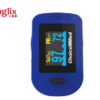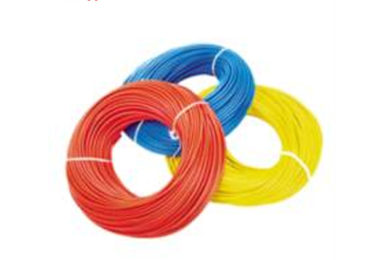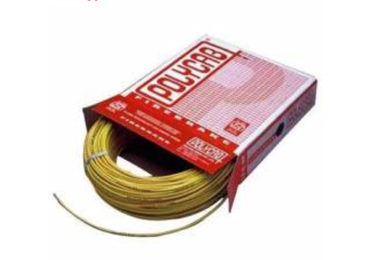Pulse oximeter technology is very new to the world of home patient monitoring. Many individuals typically associate an oximeter with something that has been reserved for the hospital or clinical setting. If you have ever been to a doctor’s office you will have seen an oximeter. A pulse oximeter is a medical device that measures pulse rate and blood oxygen saturation (SpO2). It is widely used in all hospitals, clinics, and all healthcare facilities. But new technology now ensures that the terrific vital sign monitoring of oximeter technology can be used in the home setting. There are many individuals that have varied health issues. Many health conditions or health issues require vital sign monitoring including pulse rate, blood oxygen saturation as well as perfusion index.
Previously, individuals in need of monitoring of these conditions especially the close monitoring of pulse rate and SpO2 needed to constantly go to their doctors or hospital. However, now the new pulse ox technology allows individuals to go wherever they like to monitor their health.
What you have to remember while using a Pulse Oximeter?
The basic concern of using an oximeter is the presence of oxygen in the blood. Oxygen travels through the bloodstream. The oxygen atoms are carried by hemoglobin, a substance found in the blood that has a high affinity with oxygen. The blood oxygen saturation, on the other hand, refers to how much oxygen is carried by hemoglobin in the blood compared to the maximum load of the gas the blood could carry.
READ: How Do You Know that You Need a Pulse Oximeter?
Always remember that oxygen levels vary with different age levels, the altitude of the place, and whether the patient is receiving oxygen therapy. An average young and healthy individual should have oxygen level ranging between ninety-five and ninety-nine percent saturation.
A typical pulse oximeter uses two light emitting diodes or LEDs. One of the diodes emits a red light that is visible to the naked eyes, while the other emits an infrared light that is practically invisible to the unaided eye. These two wavelengths are used to determine the color of blood within the arteries, which then indicates the oxygen saturation levels. Since there is tissue in fingers that add color to the reading, the oximeter uses the pulse of the heartbeat to identify the exact color of the blood.
Since oximeters rely on the heartbeat to perform its function properly, it is very important to make sure that there is a strong and perceptible pulse. If the pulse is too weak or indistinctive, oximeters might not function. Cold hands and feet also contribute to the weakening of the pulse. Some oximeters have features that measure the strength of the pulse, which is important for ensuring accurate results.
Patients should bear in mind that oxygen levels do not tell everything about the condition of their body. A pulse oximeter is designed to provide readings and information for doctors to use as grounds for diagnosing ailments. The pulse oximeter is a very important component in the arsenal of the medical field in order to identify and prevent cardio-respiratory illnesses.









